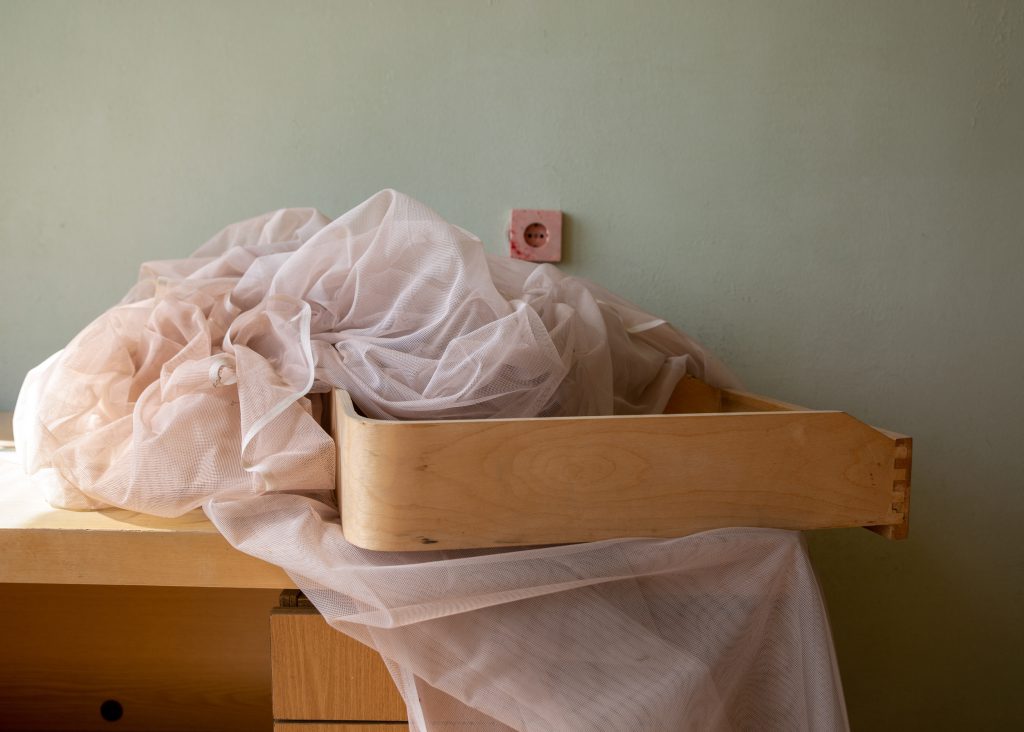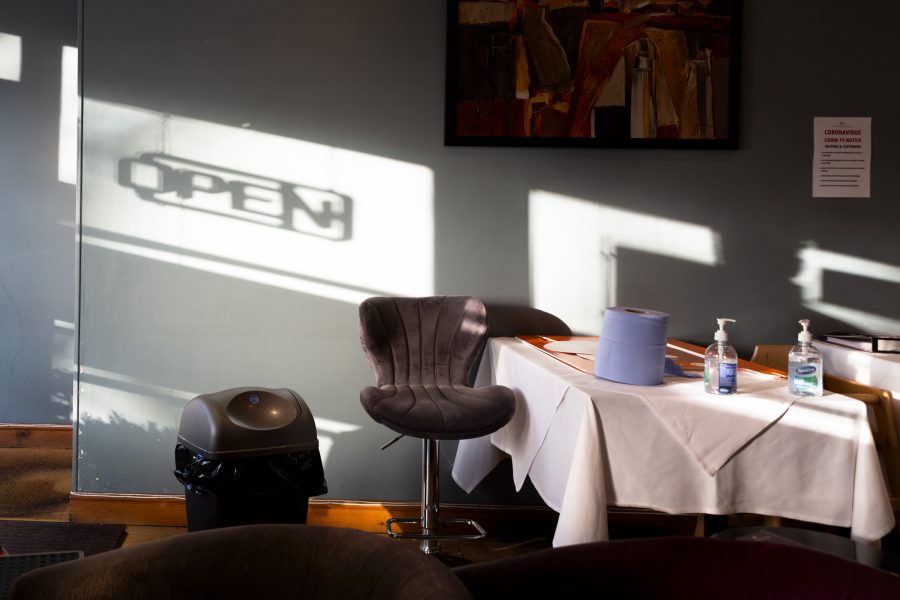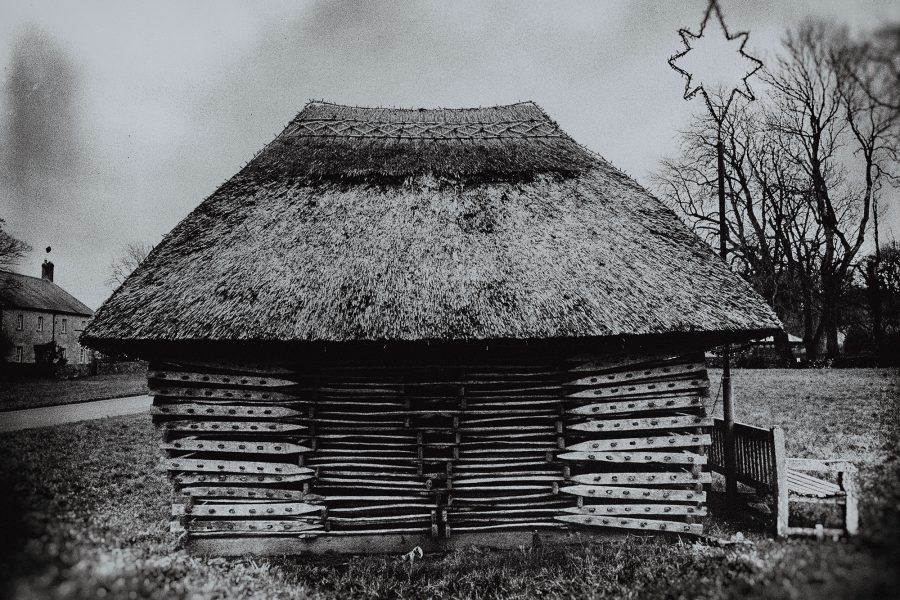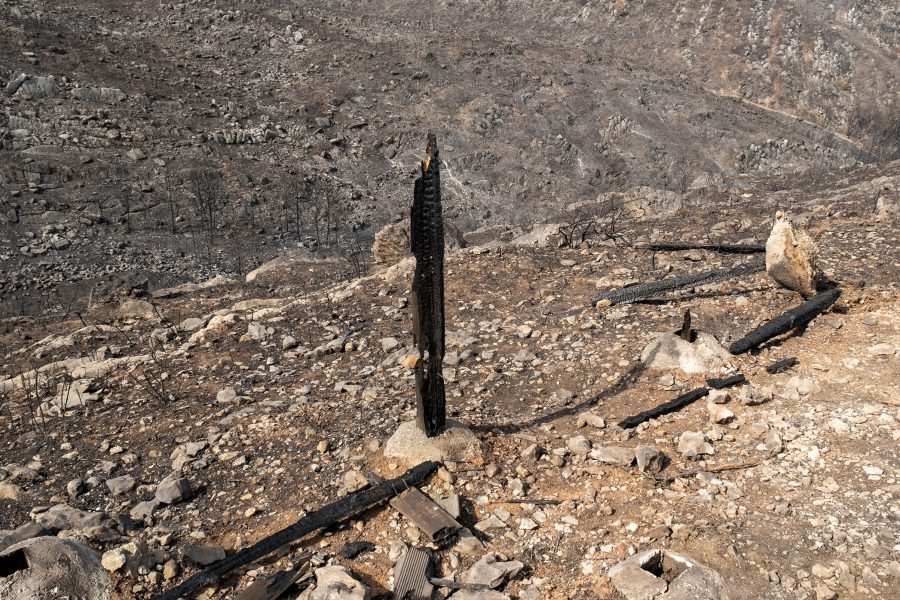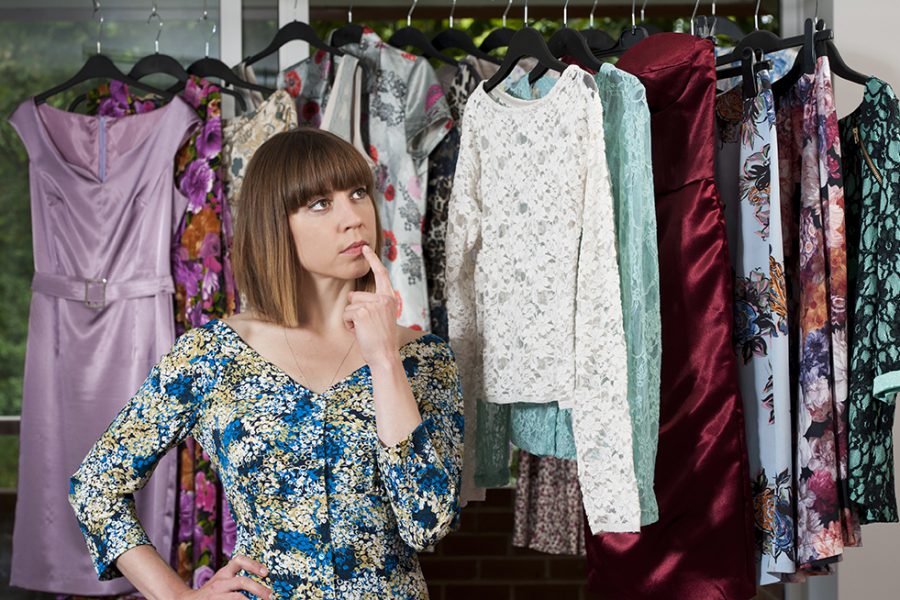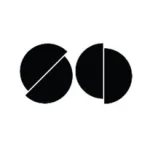Shutter Hub member Paulina Korobkiewicz is a London based photographer and visual artist. Her work explores public space with focus on how the political system transition influenced contemporary landscape and interiors in Poland and the neighbouring post-socialist states.
While studying photography at Camberwell College of Arts, Paulina began documenting the ambiguity and contradictions of aesthetic choices in her hometown and the surrounding region. In 2016 she self-published her first photo-book Disco Polo. The project was shortlisted for Bar Tur Photobook Award 2015 organised by The Photographers’ Gallery and Belfast Photo Festival Open Submission 2017.
Paulina’s recurrent use of geometric lines, shadows and natural light allows for ordinary objects to take on a sculptural presence. Focussing on architecture and its abstract qualities, Paulina created Perspectives, a photo-book deconstructing and reconstructing the city. The book’s format shifts the viewer from simply observing the images to interacting with them, retracing the steps and paths of everyday life. The publication produced in collaboration with Camberwell Press won the Camberwell Book Prize 2016. Paulina was also nominated for Magnum Photos Graduate Photographers Award 2017 and Prix Pictet 2018.
I travelled to Alytus in the summer of 2018. Wandering around the city streets with my camera, I arrived at an unusual building. It contrasted with the surrounding greenery and the sweet aroma of summer flowers. Torn curtains fluttered through broken windows. As I entered the building I was transported to another era. The building was dilapidated and the stores ready for general renovation or demolition. Scattered textile samples, photographs, documents and chronicles posed questions about the people who used to inhabit the empty rooms and the system under which they lived.
It seemed like all archival remnants were going to be thrown away. Apart from general documents, there were also some group photographs, personal portraits, snaps from celebrations and official gatherings as well as diplomas and certificates featuring Lenin and Stalin. I felt the need to preserve what I found and later through scanning the material I learned more about the factory.
Alytaus Medvilnes Kombinatas used to be one of the largest textile companies in Lithuania and the Baltic States, responsible for the whole cycle of cotton manufacturing. Founded in 1969, the company went bankrupt in 2007, with the rising costs of production in Lithuania and the possibility of outsourcing labour from Asia cited as some of the reasons for its closure. At its peak, the enterprise employed approximately 6,000 people from all over Lithuania and it was crucial for the city’s industry. Chronicles featuring posed photographs of workers with their name, role at the factory and the percentage of the norm they exceeded led me to research the phenomenon of socialist competition within workplaces.
The originator of the competing labor leaders is widely believed to be the Ukrainian miner Alexei Stachanov, who at one of his night shifts at a coal mine in the Donetsk Basin in 1935 mined 102 cubic meters of coal, performing 1475 percent of the norm.
Józef Stalin realised that worker’s enthusiasm, fuelled by propaganda, could become a driving force behind industrialisation. He believed that rivalry should play the role of a lever by which the working class will transform the entire economic and cultural way of life for the country, all in the spirit of socialism. This was supposed to transform the nature of work, from the heavy and shameful burden into a matter of honour, glory, and heroism.
The Soviet state needed demotic heroes. Soon, the record-breaking movement engulfed all professions in the USSR. Udarniks (Russian: уда́рник), the super-productive labourers featured in the press, were praised in poems and songs, children were taught about them in schools, and their portraits were presented on street posters. Young employees were competing with each other. The reward system outwardly strengthened morale but in reality, it forced workers to increase work efficiency by repeatedly exceeding the set norms which did not change their material situation.
In the solo exhibition entitled Udarny trud I displayed my photographs of the building and its interiors with the original archival material I found in the abandoned factory headquarters in Alytus. Some of the workers’ portraits were enlarged on fabric to mimic the gesture of soviet glorification of labourers. Through juxtaposing the past and present, Udarny trud poses questions about the meaning of labour in the previous and current political systems and explores social interactions shaping lives on the factory floor. The work critically examines the cult of productivity and the role of the factory as a site of production and consumption through the archival photos that present the factory as a social centre and cultural platform of working-class communities.
The project accompanied by short essays by Natalia Domagala, Polish-born, London-based writer and researcher was on display at Centrala Gallery in Birmingham from 8th February until 27th March 2020.
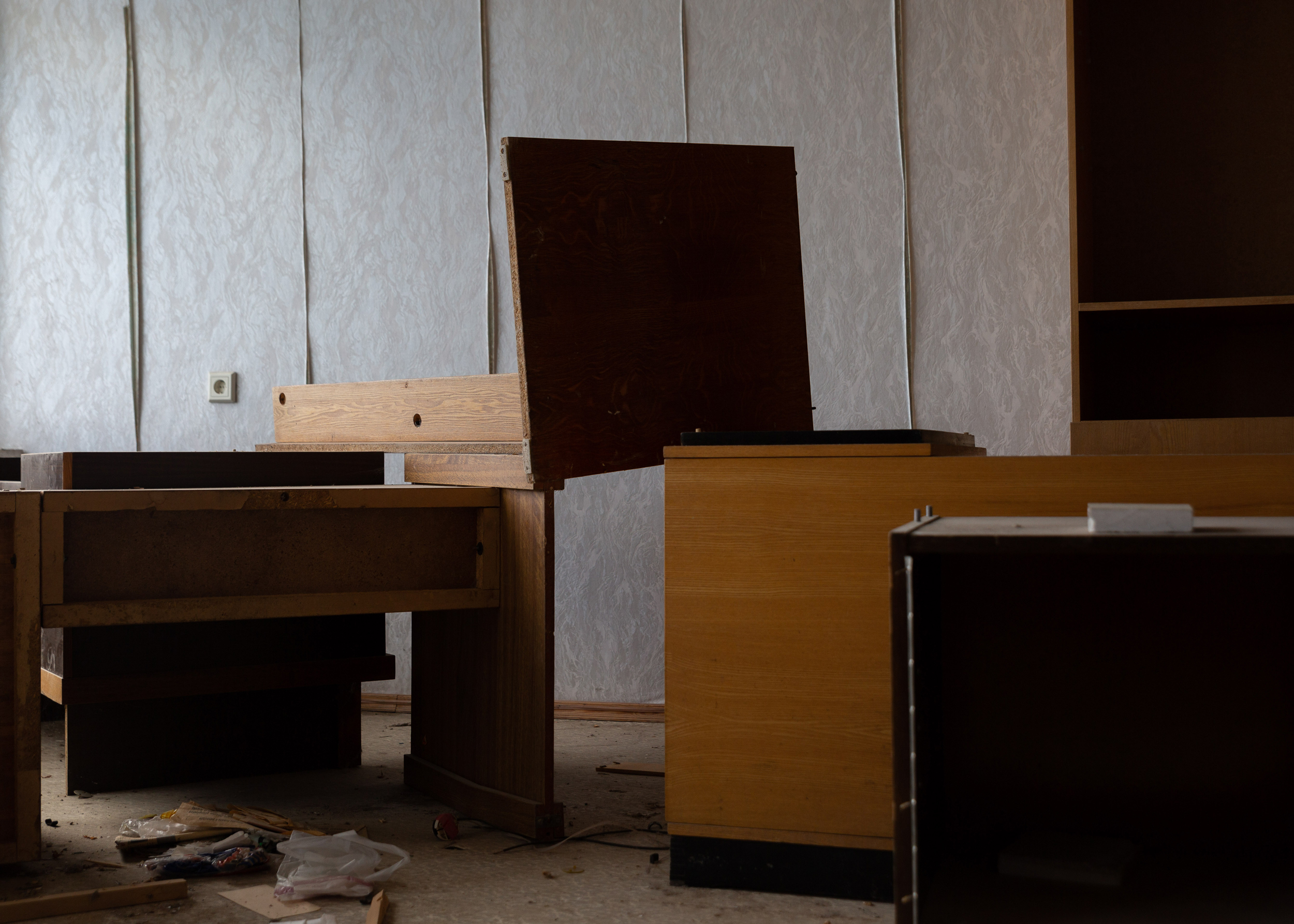

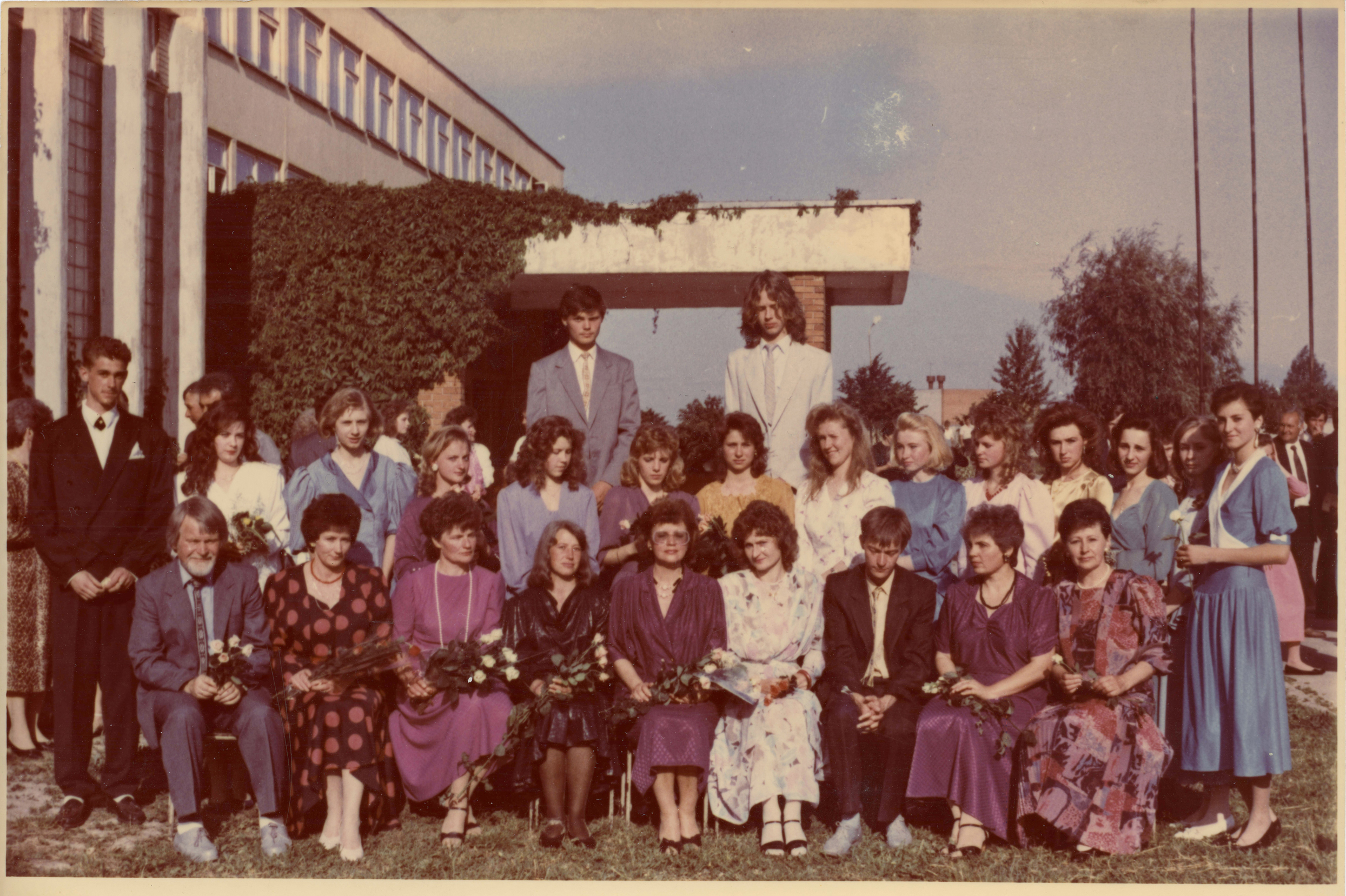

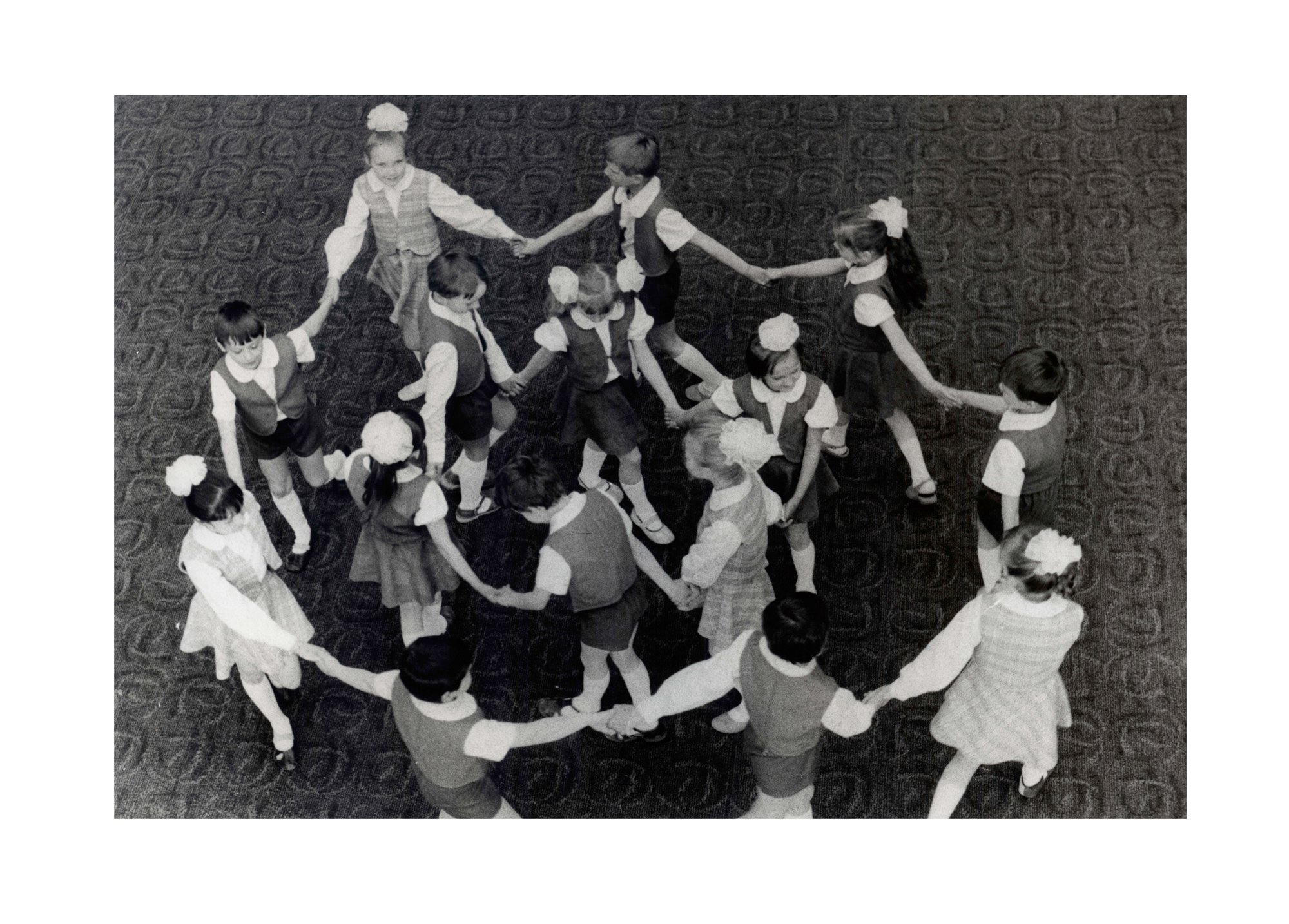
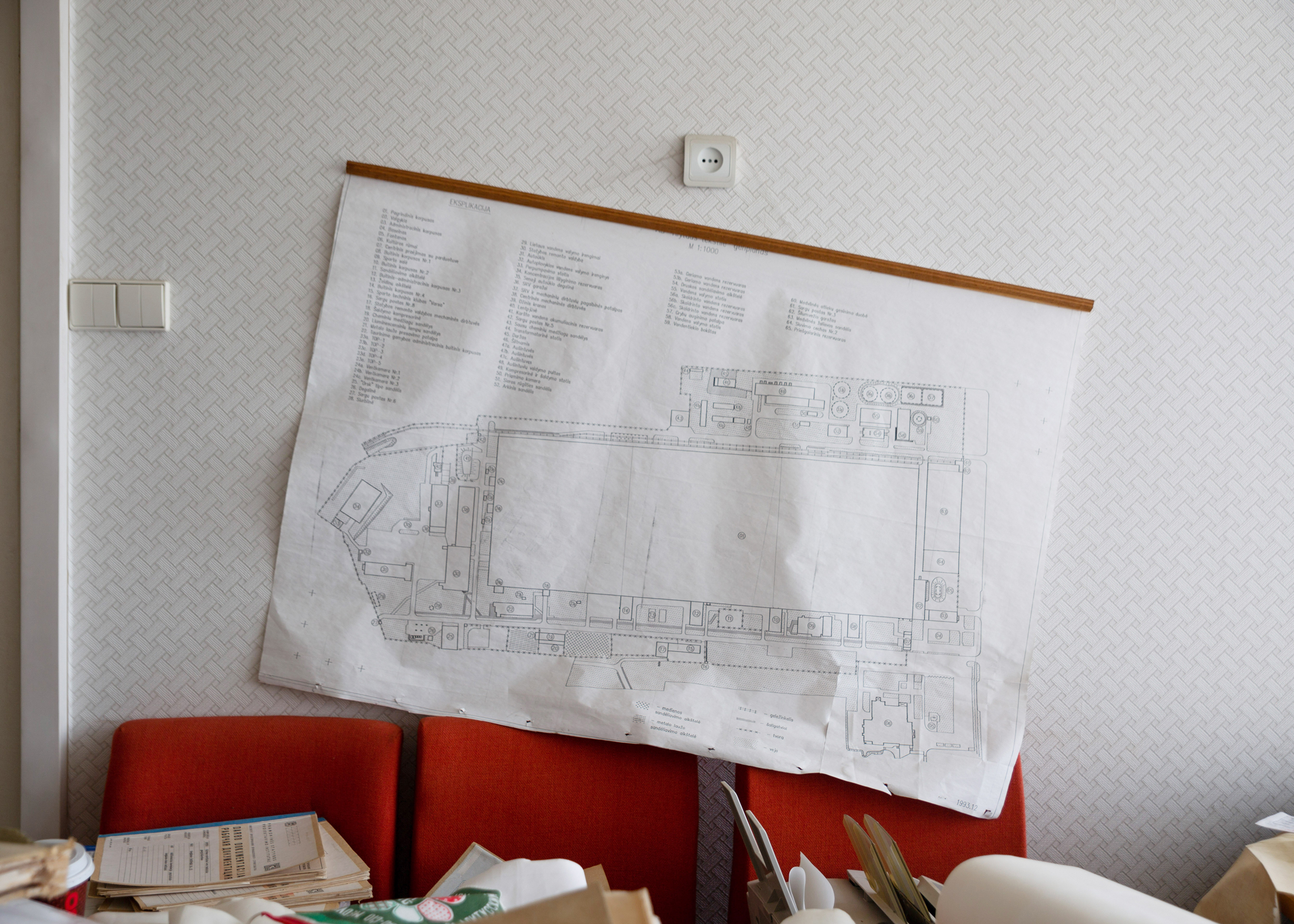
Visit Paulina’s visit website here.
Join the Shutter Hub community by subscribing to our mailing list for all our photography news and opportunities, direct to your inbox. Got any questions? Email us here.
